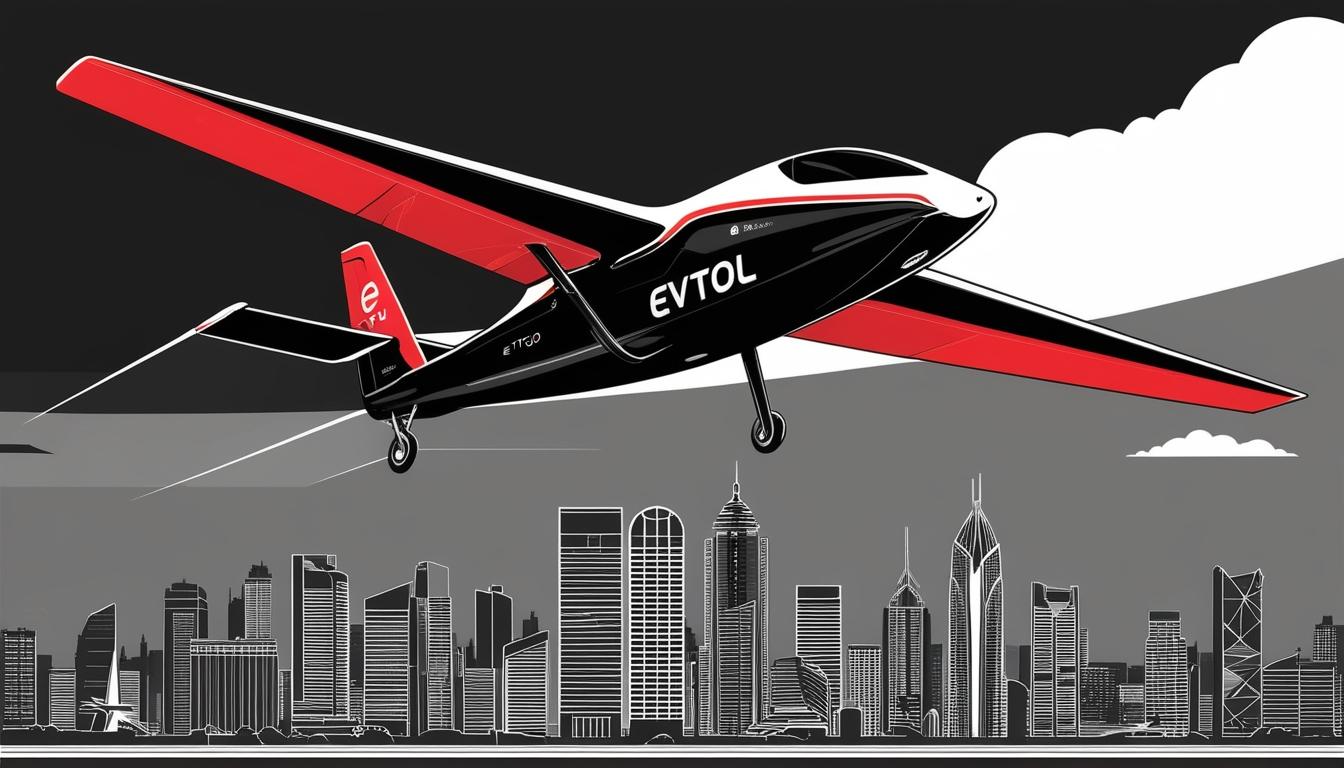In the evolving landscape of transportation technology, significant advancements are being made in the development of electric vertical take-off and landing vehicles (eVTOLs), which are poised to revolutionise urban mobility. At the forefront of this movement is JoeBen Bevirt, CEO of Joby Aviation. Reflecting on his childhood dreams of flying, Bevirt is now actively involved in the creation of eVTOLs that aim to function as air taxis, providing rapid transit across urban environments.
The eVTOL aircraft can ascend vertically like helicopters, transitioning to horizontal flight to travel at speeds of up to 200 miles per hour (322 kilometres per hour) over a range of about 100 miles (161 kilometres). These vehicles promise a quieter experience compared to traditional fuel-powered aviation options, addressing noise pollution concerns often associated with air travel.
During a recent test flight in Marina, California, approximately 40 miles south of his childhood mountains, Bevirt expressed optimism for the future of this technology. “We are just a few steps from the finish line. We want to turn what are now one- and two-hour trips into five-minute trips,” he stated to The Associated Press. His ambition is shared by other companies, particularly Archer Aviation, which is backed by significant investments from automaker Stellantis and United Airlines. However, the path to widespread adoption is fraught with regulatory challenges.
The U.S. Federal Aviation Administration (FAA) has begun establishing regulations for eVTOLs, recently creating a new category termed “powered lift,” a significant development since the introduction of helicopters into civilian use in the 1940s. Despite these advancements, industry experts such as Adam Lim, director of Alton Aviation Consultancy, emphasise the gradual nature of this transformation, asserting, “It is going to be like a crawl, walk, run situation. Right now, I think we are still crawling.”
As the market progresses, cities like Dubai are anticipated to lead the charge in commercialising eVTOL services, with potential operations commencing by the end of this year. Reports suggest that if these aviation pioneers fulfil their goals, air taxis could facilitate travel between major airports and city centres in a matter of minutes, alleviating congestion on ground transport routes.
Joby Aviation and Archer, along with competitors like Wisk Aero—associated with Boeing and Google co-founder Larry Page—are racing to bring these operations to fruition. Both companies have established partnerships with major airlines like Delta Air Lines and United Airlines to connect their eVTOL services with existing flight routes.
Investment in this sector has surged in recent years, with eVTOL companies collectively raising around $13 billion within the last five years, according to industry analyses. However, despite significant funding and technological breakthroughs, both Joby and Archer have faced considerable financial losses—amounting to $1.6 billion and nearly $1.5 billion respectively.
Efforts to diversify revenue sources are underway, with both firms negotiating contracts for military applications of their eVTOLs, such as delivery missions. Archer has partnered with Anduril Industries, a defence technology company, to increase its foothold in government contracts.
As these companies navigate the complexities of developing a new class of aviation vehicles, the market dynamics remain uncertain. Joby's market value is currently around $7 billion, while Archer's is at approximately $6 billion, numbers that appear modest against broader technology industry benchmarks. Nevertheless, Bevirt remains resolute about the future, asserting, “eVTOLs are going to transform the way we move. It’s a dramatically better way to get around.” The vision of aerial highways may be closer than once imagined, even as the industry confronts its myriad challenges.
Source: Noah Wire Services
